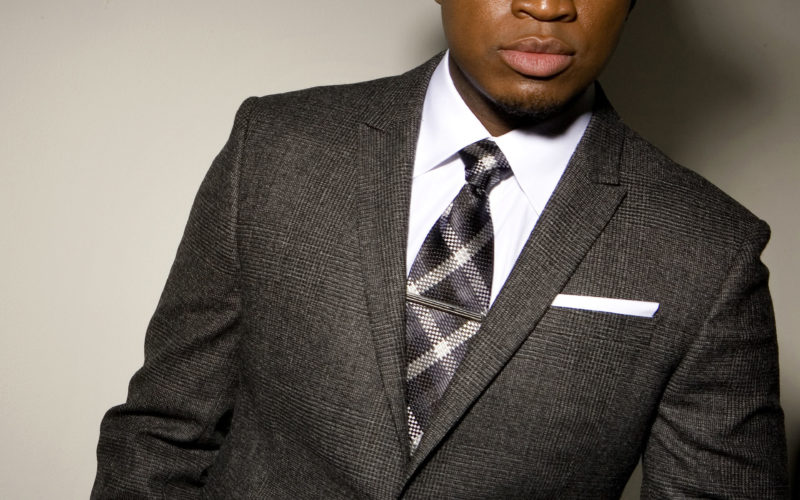Q. I realize that when you wrote recently about black velvet or corduroy jackets you were not a fan, but I’m trying to find something to make my clothing more interesting. My work clothes are the “uniform” shirt and tie and my casual variety is khaki or denim. There was a short jacket I saw in a new issue of Esquire that was ridiculously overpriced ($3,700), and it wasn’t even a stand-out color. It might look good on me, but I can’t imagine spending so much money on it. Is it worth the cost to add pizzazz to my look?
A. No and Yes, that is, it is definitely not worth that amount of money unless you have millions to spare, but your mentioning that it wasn’t even a special color suggests the idea of adding color. That is exactly the right idea.
I totally agree with you that the prices of clothing we’re currently seeing in major men’s fashion publications are outrageous. And don’t think that the amount you saw was such a rarity. I’ve seen in recent issues of GQ, the NYTimes, the Wall Street Journal, and Vanity Fair men’s jackets from $3,700 to $5,000; trousers from $370 to $1,400; shirts from $450 to $2,100; chinos for $675; even jeans at $1,300! And nothing I saw stood out as looking special, or much more memorable than items in the very affordable Lands’ End and L.L. Bean catalogs.
Such prices might make sense for sports stars and music celebrities, but really now, they’re rather insane for the typical man (no matter how successful he is). If you enjoy making a bit of a statement and standing out from the crowd, I can tell you that nine times out of ten – even at such prices – these clothes do not accomplish such a goal. Most times when we see wildly expensive items, they are not even noticeable and make no impression. Why? Because, unlike women’s styles, men’s clothes are generally so similar that, unless they are bright or so well color-coordinated we cannot help but notice, they tend to disappear into a blur of sameness.
Do not misunderstand me. I am not suggesting that a man should never splurge on something he likes a lot. What I am saying is that he need not do so in order to look good. Instead, he should choose garments with an eye towards colors he likes, colors that look good on him, and colors that go well together. Nothing makes more of an immediate impression than color used well. And color is free.
Wearing two-colors is the well-dressed man’s starting point. Be sure to repeat one of those colors in more than one other item in your combination. As an example, with a brown-and-blue tweed jacket, wear tan or khaki pants and a light blue shirt. This also works with a navy blazer instead of the tweed jacket. If you wanted to wear a paisley tie, be sure it includes blue or brown in the pattern. Or, with gray pants, you might wear a small-plaid patterned shirt with gray plus another color in the pattern. Men with silvery gray hair might consider a silver-blue tie or a pale pink polo shirt.
Avoid too many neutral colors that can make an outfit nondescript; add a “pop” of color. Oddball colors, like purple, yellow, or green work well as accents.
Another wise way to spend your money is to choose interesting accessories that personalize your combinations. Your accessories can also be used to repeat one of the colors (say, a brown belt and shoes). Pocket squares are good choices. So are all styles of sweaters from cardigans to sleeveless vests; they allow you to introduce just about any color you like.
To find good prices, be open to new places to shop, such as end-of-season sales in high-end department stores and men’s shops that might be too expensive during the season. Be sure your clothes are tailored to fit you.
Lastly, be open to input from other helpful sources, for example, observing what you see on well-dressed guys and in men’s clothing catalogs. Listen for compliments; when you get two or more unsolicited compliments, you know that something you are wearing works well on you. Before long, you will be hearing them often.
Please send your men’s dress and grooming questions to MALE CALL: Lois.Fenton@prodigy.net









